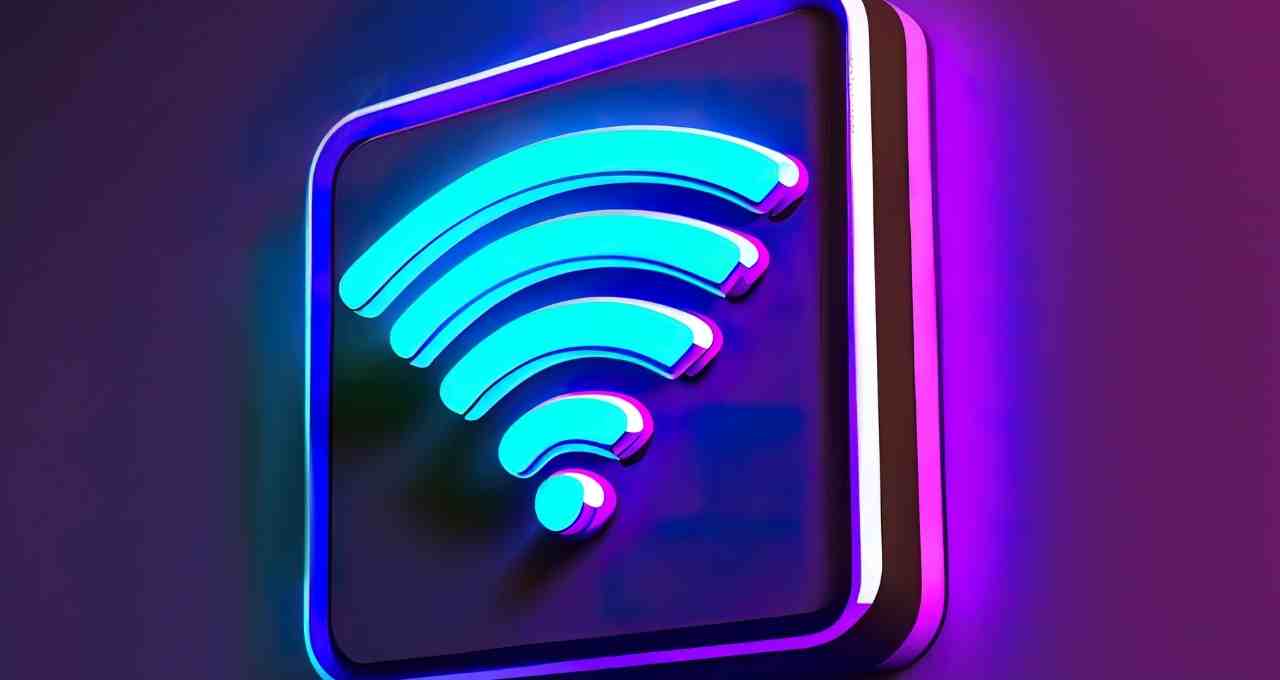Wi-Fi is a wireless networking technology that allows devices to connect to the internet and to each other without the need for cables. It is a popular technology for home and business networks, as it is relatively easy to set up and use.
Wi-Fi works by using radio waves to transmit data between devices. These radio waves are similar to the radio waves used by radios and televisions, but they are at a different frequency.
When a Wi-Fi device wants to transmit data, it sends out a radio signal. This signal is picked up by other Wi-Fi devices within range. The devices then decode the signal and extract the data.
Types of Wi-Fi
There are a number of different types of Wi-Fi, each with its own advantages and disadvantages. The most common types of Wi-Fi are:
- 802.11b: 802.11b is the oldest and slowest type of Wi-Fi. It has a maximum speed of 11 megabits per second (Mbps).
- 802.11g: 802.11g is a faster version of Wi-Fi than 802.11b. It has a maximum speed of 54 Mbps.
- 802.11n: 802.11n is the most common type of Wi-Fi in use today. It has a maximum speed of 300 Mbps.
- 802.11ac: 802.11ac is the newest and fastest type of Wi-Fi. It has a maximum speed of 1.3 gigabits per second (Gbps).
Benefits of using Wi-Fi
There are a number of benefits to using Wi-Fi, including:
- Convenience: Wi-Fi is very convenient to use. There are no cables to worry about, and you can move around your home or office freely while still being connected to the internet.
- Speed: Wi-Fi can be very fast, especially if you are using 802.11n or 802.11ac.
- Scalability: Wi-Fi networks are very scalable. You can easily add more devices to your network without having to worry about running out of ports or cables.
- Security: Wi-Fi networks can be secured using encryption, which makes them difficult for unauthorized users to access.
How to set up a Wi-Fi network
Setting up a Wi-Fi network is relatively simple. To set up a Wi-Fi network, you will need the following:
- A wireless router
- A modem (if you are connecting your network to the internet)
- Ethernet cables (to connect the router to the modem and to other devices on the network, if needed)
Once you have all of the necessary equipment, you can follow these steps to set up your Wi-Fi network:
- Connect the router to the modem using an Ethernet cable.
- Connect the router to a power outlet and turn it on.
- Connect your computer to the router using an Ethernet cable.
- Open a web browser and go to the router’s configuration page. The address of the configuration page will be printed on the router or in the router’s manual.
- Follow the instructions on the configuration page to set up your Wi-Fi network. This will typically involve creating a network name and password.
- Once your network is set up, you can connect your other devices to the network by selecting the network name and entering the password.
Troubleshooting Wi-Fi problems
If you are having problems with your Wi-Fi network, there are a few things you can try:
- Restart your router and modem.
- Make sure that your router is in a central location in your home or office.
- Avoid placing your router near metal objects or near other electronic devices, as this can interfere with the signal.
- Make sure that your router’s firmware is up to date.
- Try changing the channel that your router is using.
- If you are still having problems, you may need to upgrade your router or firmware.
Conclusion
Wi-Fi is a convenient, fast, and scalable wireless networking technology. It is a popular choice for home and business networks. If you are looking for a way to connect your devices to the internet without the need for cables, Wi-Fi is a great option.

